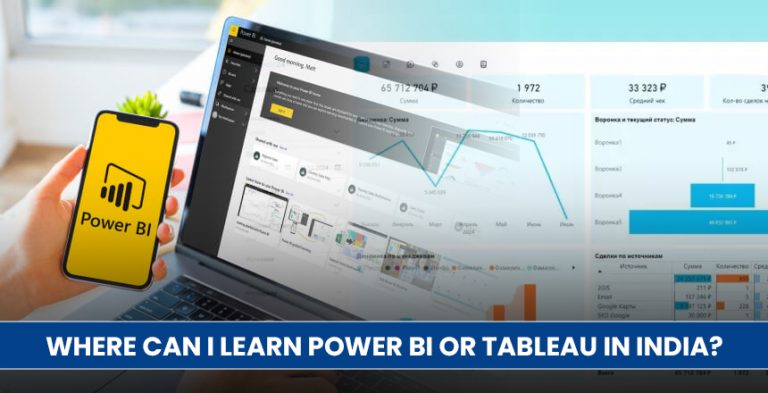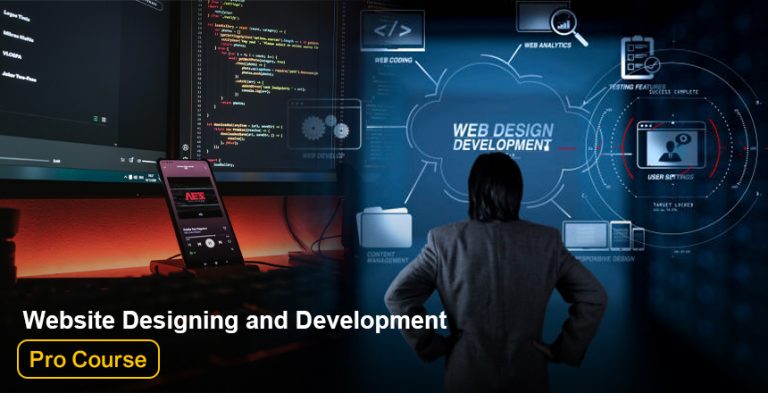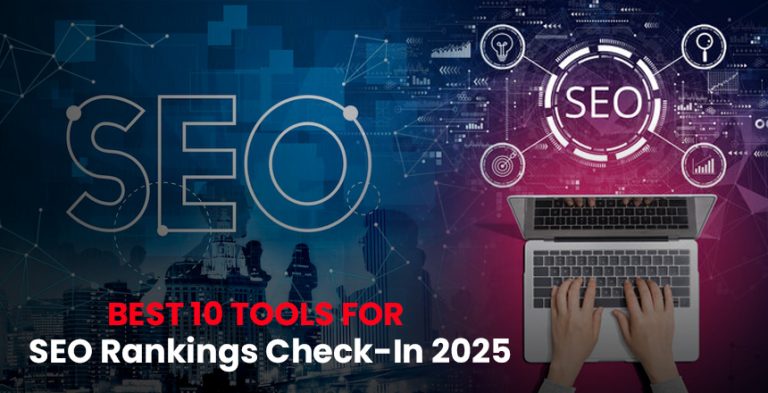In the world of technological advancement, full-stack development is one of the most
demanding and popular areas of development. To become a full stack developer by the year
2024, you need to be working hard, practicing, and being passionate. A full-stack developer
knows the front-end development as well as the back-end development; hence, they can be a
one-stop developer for the web application’s entire stack. This article is the step-by-step guide
to understanding how one can become a full-stack developer in 2024.
Step 1: The Basics of Web Development
Enters full-stack development first, but it is essential to learn some fundamental concepts about
web development. Begin with HTML and CSS because they are core aspects of front-end
development. This is good background information for an HTML5/CSS3 developer: DOM,
HTML5, and CSS3. As I would recommend, take the time to practice it, do small projects, and
try some of the things.
Step 2: Dive into JavaScript
JavaScript is kind of the link between the front-end and the back-end. It is a scripting language
that’s particularly used on the web to build graphic/animated interfaces. Learn how to use their
concepts, frameworks, and libraries such as Node.js, React, Angular, and Vue.js, to start
learning basic JavaScript. Over this period, begin working on projects that will enable the use of
these technologies The above technologies form the focus of the following projects:
Step 3: Learn Database Management
Any full-stack developer should be familiar with databases. Understand MySQL, Postgres,
MongoDB, Redis and anything similar of relational and non-relational databases. Make yourself
acquainted with the concept of ACID properties, transaction, indexing and query optimization.
You can practice it by creating and requiring the databases in your projects that you are working
on.
Step 4: Master Back-end Development
Full-stack development is incomplete without back-end development. Programmatically it
involves programming of the server, designing of APIs and management of data. This of all is
most important – learn a general-purpose server-side script languages such as Python, Ruby,
Java, etc. Know a framework like Django (Python), Ruby Rails or Spring (Java). In particular,
receive knowledge of the RESTful API design and some insights of the web security for creating
secure applications.
Step 5: Learn about DevOps and Version control
DevOps is a practice that essentially brings together two disciplines namely software development and IT operations. It makes Agile CI/CD possible, thereby enhancing integrationand deployment and, therefore, productivity and efficiency. Be familiar with the concepts of Git and Docker and Jenkins and Kubernetes. Make yourself acquainted with the ideas of Continuous Integration and Continuous Deployment (CI/CD) pipeline. Practice by creating a development environment with help of these tools.
Step 6: Learn how to secure a web application
Therefore, the security of web applications is paramount in the modern world. Discover the
basics of web security: the principles that undergird its most basic functions: authentication,
authorization, and data validation. Be familiar with usual web threats, including SQL injection,
Cross Site Scripting (XSS), and Cross Site Request Forging (CSRF). Be acquainted with some
of the protocols like OWASP and the use of secure coding techniques.
Step 7: The last measure is also oriented towards the continuous updates regarding emerging
technologies.
One reason is that, unlike any other specialist, if technology changes, they need to keep up, so
a full-stack developer must remain up to date on the latest technology. Find out what other
developers are reading, share ideas with other developers, and attend webinars and
conferences. Maintain awareness of new technologies such as NoSQL or RPC replacement
GraphQL, serverless computing, and the increase in popularity of AR and VR, and blockchain.
Step 8: Develop Structures and Solve Actual Case Situations
One can only make oneself into a full-stack developer by making real projects and dealing with
real challenges. Begin with small assignments and move on to one bigger assignment. Join
coding challenges, work on projects with fellow coders, and submit to projects in the public
domain. The variation in projects to accomplish shows potential employers that you are
competent as well as unique.
Step 9: Network and Seek Feedback
Networking is valuable for a full-stack developer. Try and go to meetups, hackathons, as well as
conferences that have developers, designers, and perhaps the IT people. Discuss your works,
get updates on other people’s projects, or get feedback from other users. With the usage of
online tools like GitHub or Stack Overflow, you can communicate with developers from all
across the globe.
Step 10: You are supposed to learn and improve.
Gaining full stack is an evolutionary process. Be sure you always know something; you are
always improving your knowledge in the job market. Got to be willing to adopt new technologies,
study new directions, improve existing concepts, and participate in creative projects. Applying
the learning concept means it is necessary to be up to date all the time to keep abreast of the
changes in web development.
Conclusion:
To become a full stack developer in the year 2024, you will have to master all that will constitute
this field of professionalism, and that calls for commitment, working hard, and willingness to
learn more, and besides, you must equally be willing to implement what you have learnt even
from experience and the working process. It is crucial knowledge and skills on behalf of
students who wish to obtain the best knowledge and skills for success in the fascinating sphere.
This means to be a really good full stack developer, you have to keep on learning and practicing
with each new technology that comes into being. Happy coding.








